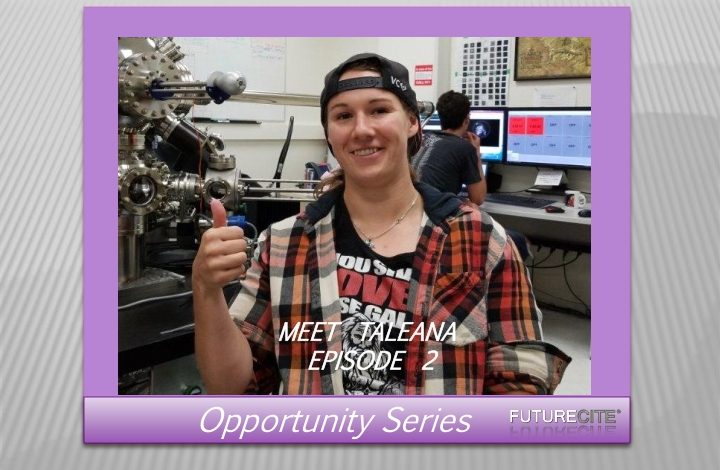
Behind the Scenes with Talena Huff
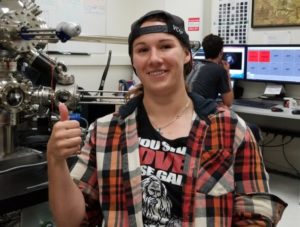
On how to lever her learnings from astro physics to atoms, Taleana found that collaborating with colleagues and mentors were key:
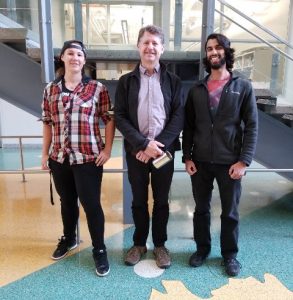
“Now, I like to take that scientific process and confidence and apply it to another one of my passions: developing faster, better, smaller, and greener technologies. One of the things that really attracted me to my advisor’s research group and his spin-off company (Quantum Silicon) was how progressive his ideas were. To think that I would go into work every day and be moving individual atoms around, trying to create the world’s greenest and smallest computer elements is something that still blows my mind to this day.”
Levering her academic kudos into a new field is both challenging and exciting for Taleana – especially where the outcomes present opportunities to create smaller devices with more processing power and perhaps new types of sensors for use in our future everyday lives:
“I really think our technology has huge potential in many different sectors. Electronics have become such a ubiquitous part of our everyday lives that breakthroughs like ours can really accelerate what we can do with them. From sensors, to electronic entertainment, to artificial intelligence, smaller and faster electronics with batteries that last potentially 100x longer gives us 100x more opportunities. I’m excited to see how our work continues to develop and hope I can one day say I was part of the foundational work that started building atom-by-atom someday.”
About Taleana Huff
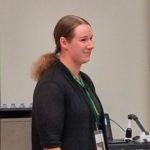
Taleana is a Nanoelectronics Development Scientist at Quantum Silicon Inc where she works with colleagues, consultants, academic researchers, and customers to conceive, develop, track and improve atom-scale electronic circuits and devices. She also brings her experience at NASA where she operated the International Space Station Agricultural Camera with applications towards optimizing crop yields using IR reflectometry.
Taleana is a PhD Candidate at the University of Alberta (U of A) focusing on building and characterizing silicon atom-scale, ultra low power electronics for beyond Complementary metal–oxide–semiconductor (CMOS) electronics and quantum applications. She also holds a Master of Science in Condensed Matter and Physics, U of A, and a Bachelors of Astro Physics, University of North Dakota.
About Quantum Silicon
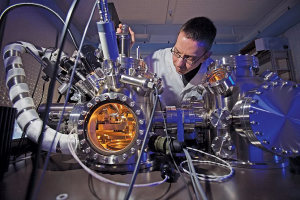
Image Credit: Quantum Silicon
The Quantum Silicon is a privately held company based in Alberta. The company’s approach harnesses electrons in collections of silicon atoms to represent, transmit, and create information. Their process does not use electric current. The result is a new generation of computing circuits that are tiny, fast, and cool. Using this approach, QSi creates classical computing devices, quantum computing devices, and hybrid classical/quantum devices tailored to solve previously intractable problems.




